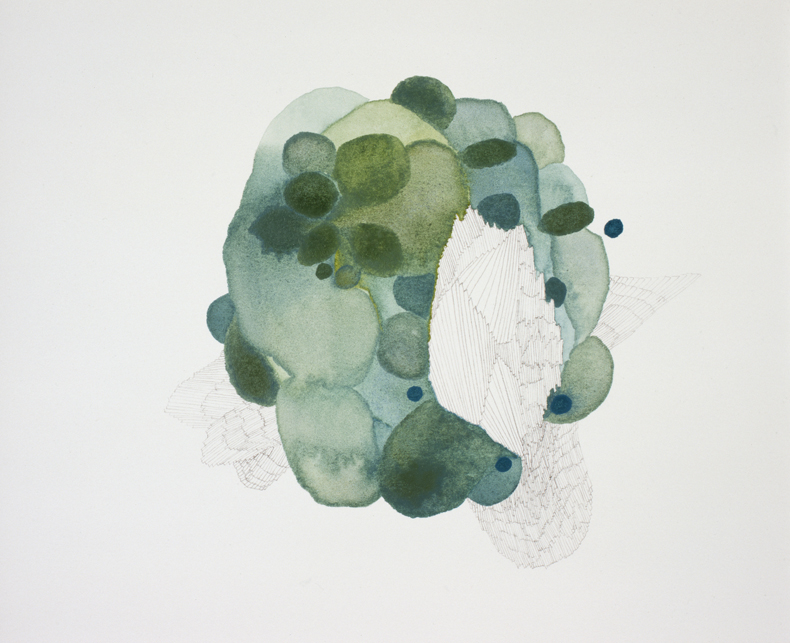We’re pleased to say that the first meeting of the Edinburgh Environmental Humanities network took place on 12th June at IASH (Institute for Advanced Study in the Humanities). We heard some excellent presentations on members’ research, and had an engaging discussion afterwards about the future of the network.
- Anne Bevan (Edinburgh College of Art) spoke (from Orkney, via skype) about the collaborative work of CORE (Creative Research into the Environment), an initiative to bring creative practitioners whose work focuses on environmental issues together with scientists to explore common ground in practice and research. For more information see corecreativeresearch.com/about.
- Emily Brady (School of GeoSciences) introduced her work in environmental aesthetics, and the role of the sublime in responses to the nonhuman.
- Franklin Ginn (School of GeoSciences) presented his research into post-apocalyptic narratives, weaving together Bruno Latour, Cormac McCarthy and Lars Von Trier.
- Michael Northcott (Divinity) gave an introduction to the AHRC/SSRC funded research project, Caring for the Future Through Ancestral Time. This new project, which includes Emily and Franklin, will investigate the contrast between short term temporalities and the long run temporality of ‘ancestral time’ in order to understand and repair the failure of modern industrial societies to mitigate human climate impacts. For more information see www.cftf.hss.ed.ac.uk/.
The exciting connections and intersections between the four papers were many and varied, including common interests in the perception and representation of time; how emotion shapes our responses to environmental issues; and the possibilities in collaborative and multi-disciplinary activities.
In all, the event was a fantastic illustration of the diversity of work in the environmental humanities at Edinburgh. More EEH events will be planned for the Autumn. Please watch this space!



